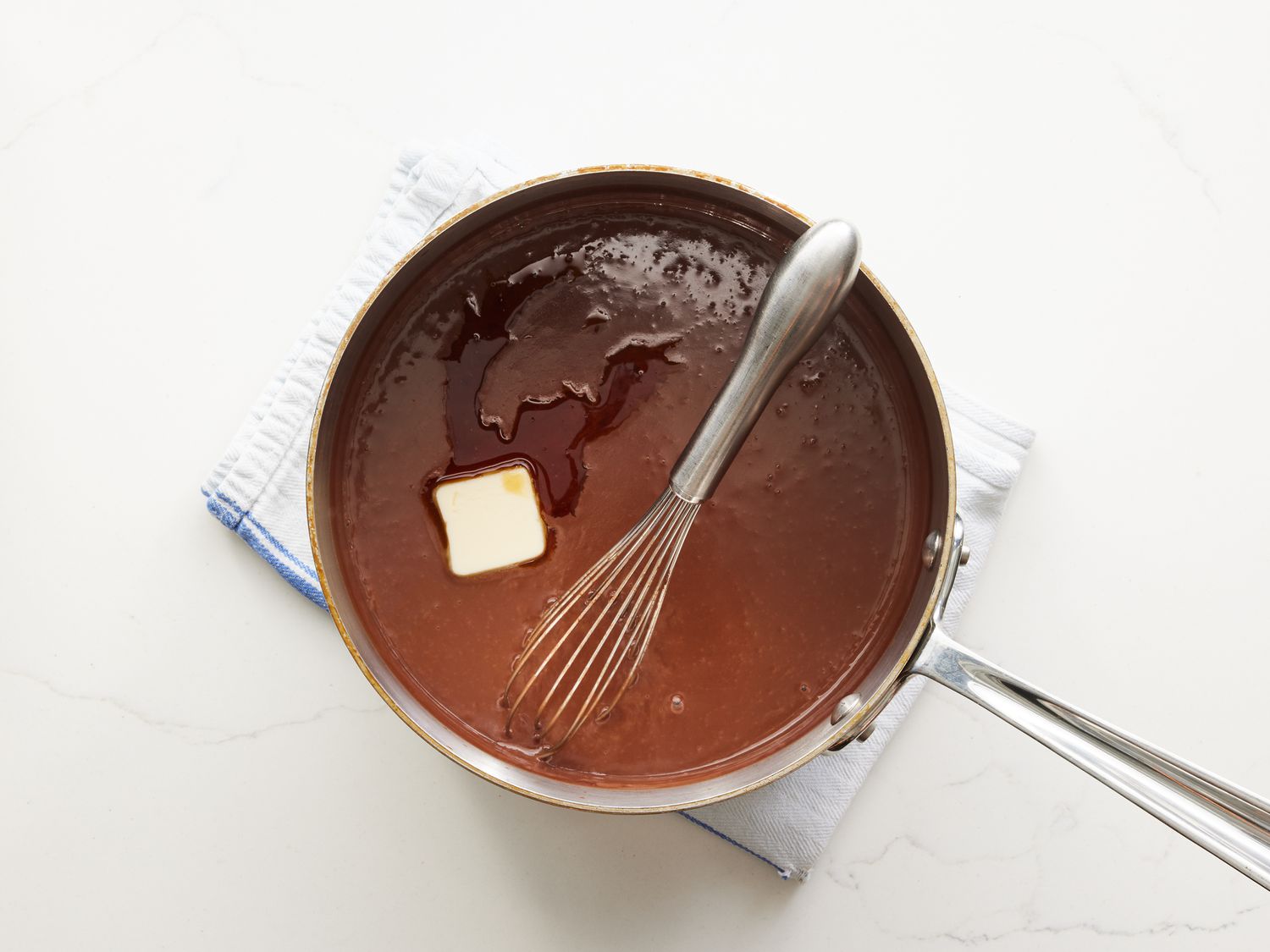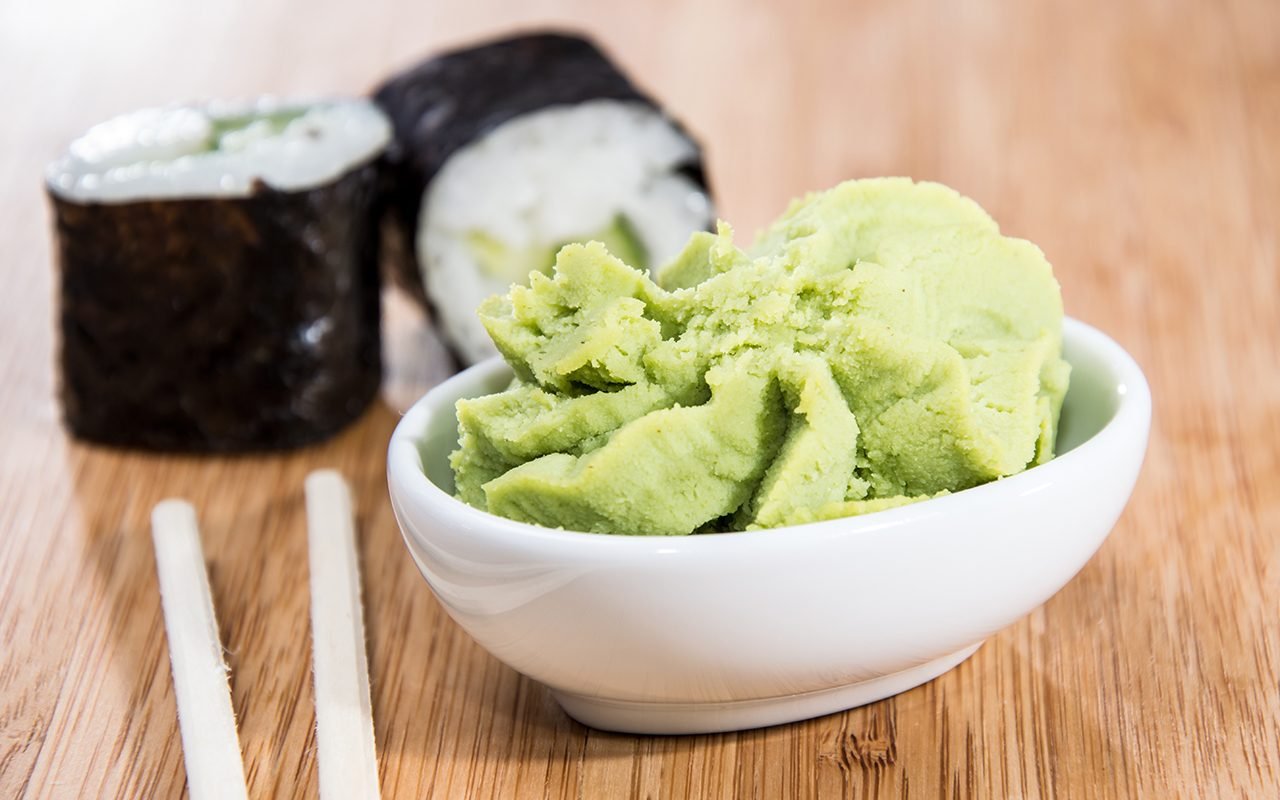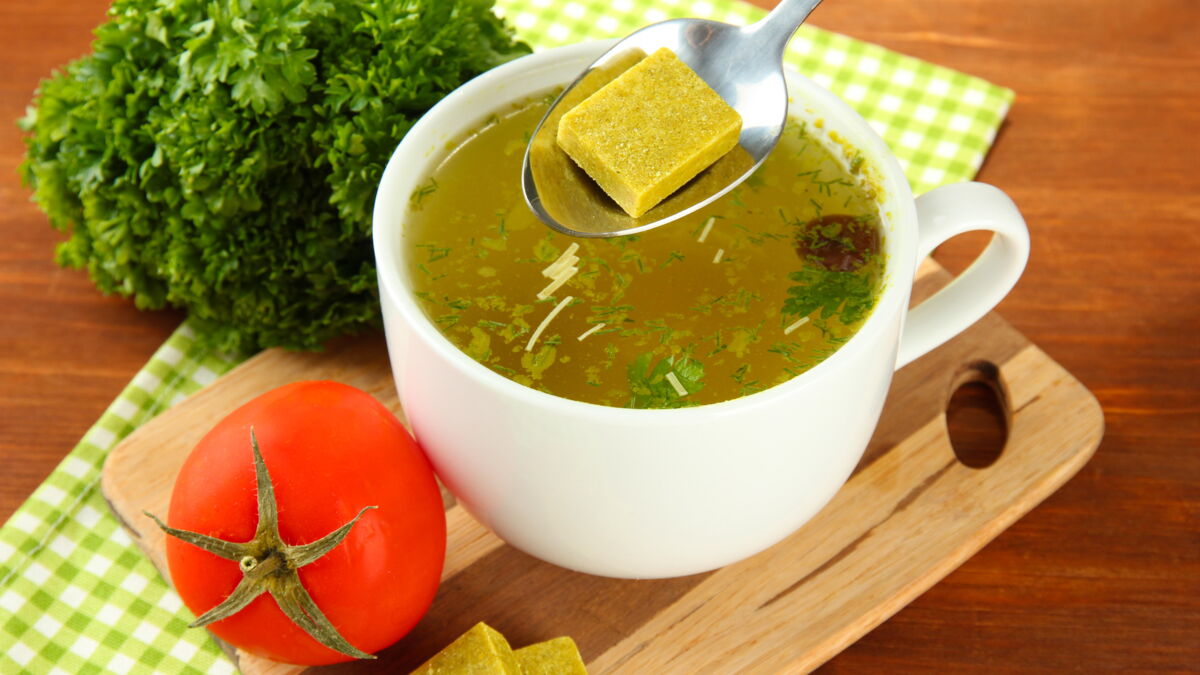Understanding Savory Dishes
When it comes to food, the term “savory” is often used to describe a certain flavor profile that is rich, flavorful, and not sweet. But what exactly constitutes a savory dish? Let’s delve into the world of savory cooking and explore what makes these dishes so delicious and satisfying.
Defining Savory
Savory dishes are those that are not sweet and instead focus on flavors such as umami, salty, and sometimes bitter. These dishes often feature ingredients like meats, vegetables, herbs, and spices that contribute to a rich and complex flavor profile.
Characteristics of Savory Dishes
There are several key characteristics that define a savory dish:
- Rich Flavors: Savory dishes are known for their rich, deep flavors that come from ingredients like meats, mushrooms, and hearty vegetables.
- Umami: This savory taste sensation is often present in dishes that contain ingredients like tomatoes, soy sauce, and aged cheeses.
- Balance of Flavors: While savory dishes are not sweet, they often incorporate a balance of salty, sour, and sometimes bitter flavors to create a well-rounded taste experience.
- Hearty and Satisfying: Savory dishes are often hearty and filling, making them a popular choice for comforting meals.
Examples of Savory Dishes
There are countless savory dishes from cuisines around the world. Some popular examples include:
- Beef stew
- Roast chicken with herbs
- Spaghetti Bolognese
- Grilled vegetables with balsamic glaze
- Mushroom risotto
- Steak with garlic butter
Creating Savory Flavors
There are several techniques and ingredients that are commonly used to create savory flavors in dishes:
- Meat and Seafood: Cooking with meats and seafood can impart a rich, savory flavor to dishes.
- Herbs and Spices: Ingredients like rosemary, thyme, garlic, and black pepper add depth and complexity to savory dishes.
- Broths and Stocks: Using homemade or store-bought broths and stocks can infuse dishes with savory umami flavors.
- Slow Cooking: Slow-cooking methods like braising and stewing can develop deep, savory flavors in meats and vegetables.
Pairing Savory Dishes
When it comes to pairing savory dishes, it’s important to consider complementary flavors and textures. For example, a rich and savory beef stew might be paired with a side of creamy mashed potatoes to balance out the flavors and provide a contrast in texture.
Final Thoughts
Savory dishes are a beloved part of culinary traditions around the world. Whether you’re enjoying a comforting bowl of soup on a chilly day or savoring a perfectly grilled steak, the rich and satisfying flavors of savory dishes are sure to delight your taste buds.
So, the next time you’re in the mood for something hearty and flavorful, consider whipping up a savory dish that will leave you feeling fully satisfied.
Was this page helpful?
Read Next: What Is Pulique Guatemalteco?











